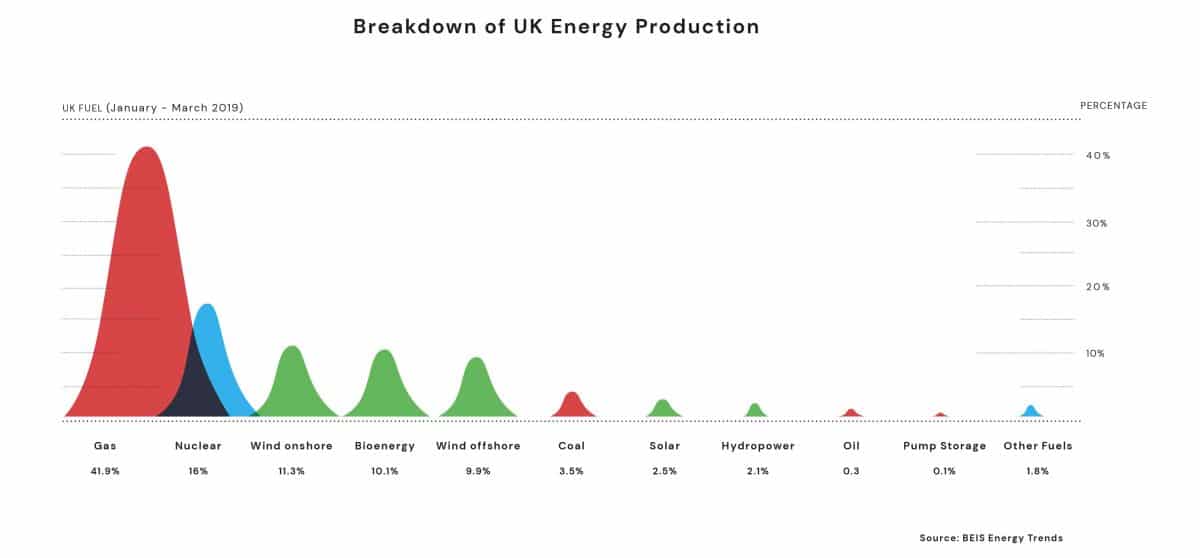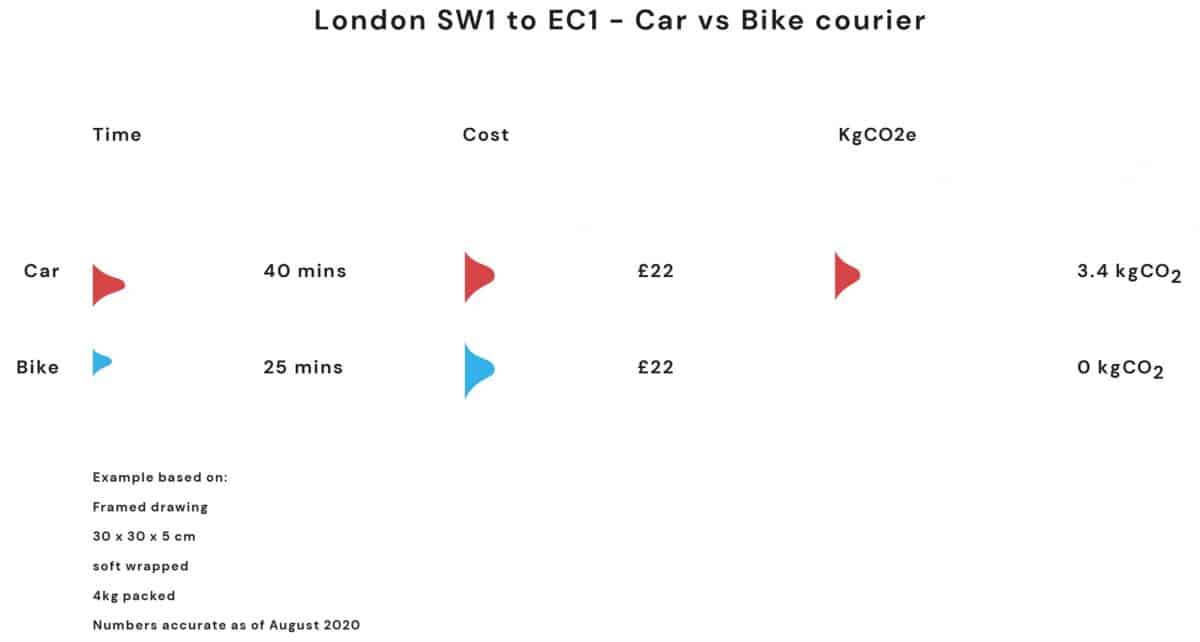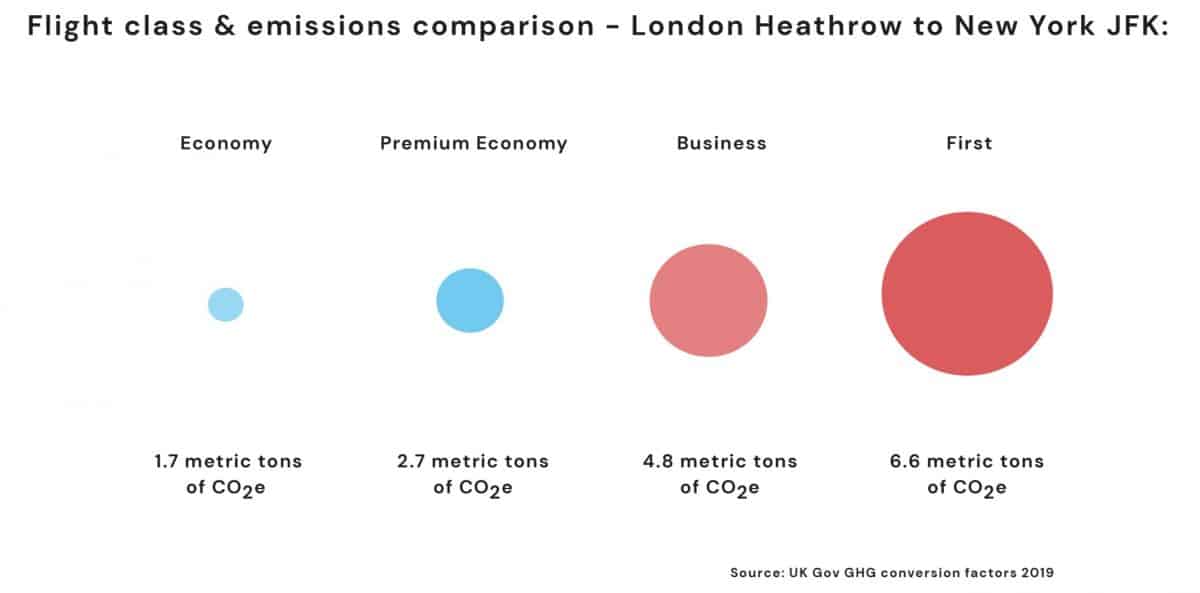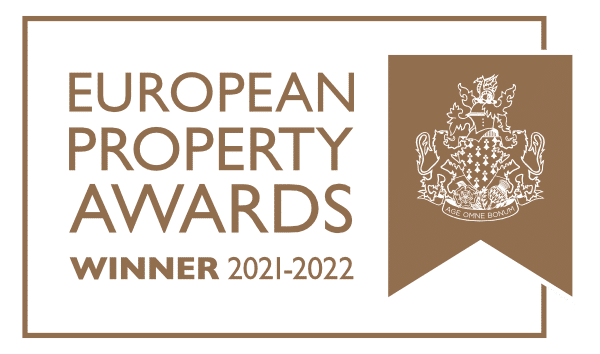Using Sustainability Tools Such As Carbon Calculators
Furthermore, how can other sectors aside from the art industry, such as interior design, get involved in the initiatives that you are programming?
Although our resources are created with the commercial art sector in mind, some of the GCC research and resources are more general and can be relevant for other sectors. For example, our information on areas like shipping, carbon-offsetting and recycling are all activities that cross over into other industries as well. The GCC calculator is free for anyone to use. It is based on art sector-specific criteria, but, equally, these will be relevant to many organisations and individuals in other sectors, who also fly regularly for business, ship goods and products, and use energy to power office spaces, studios or workrooms.
In the coming years, the GCC will use its potential lobbying power to instigate systemic change within the sector. Support from like-minded organisations in other industries would be very welcome.
The most interesting and useful tools that the Gallery Climate Coalition has on their website is the Carbon Calculator. Can you elaborate on how you want users to be applying the information gleaned from this tool into their everyday practices?
The GCC Carbon Calculator, built by Artlogic with the input of environmental consultants Danny Chivers and Harris Kuemmerle, is a free-to-use tool, designed to help estimate the carbon footprint of your business based on metrics common to most art galleries. By determining what aspects of your activity are having the biggest environmental impact, it will help to guide more decisive and effective long-term actions. Calculating CO2 emissions is the first step towards reduction. By better understanding the sources of carbon our users will be able to identify areas in which they can make positive change.














